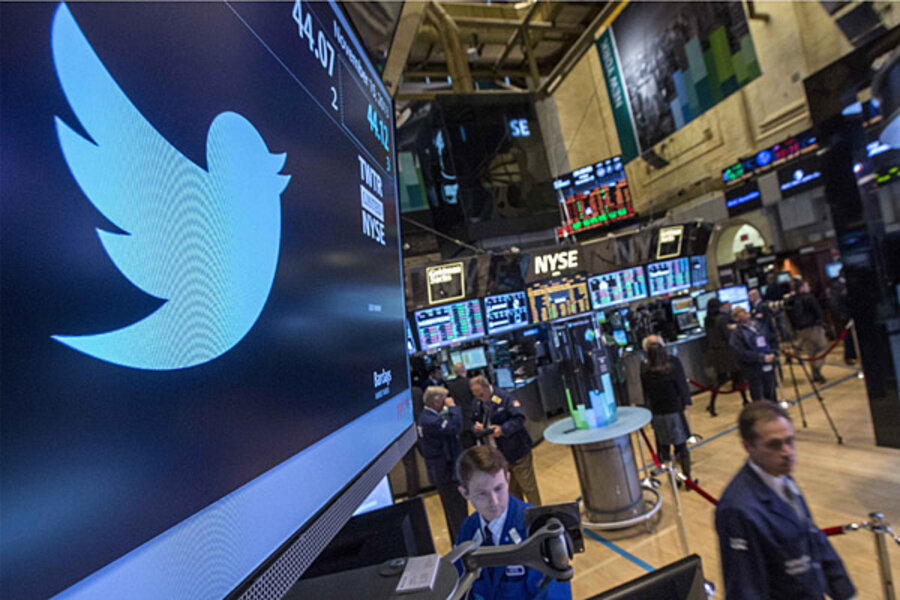Twitter buys Namo Media. Are bigger purchases next?
Loading...
Twitter seems to be in the midst of a company shopping spree.
Twitter is acquiring Namo Media, a mobile native advertisement startup in San Francisco, both companies have confirmed. It is the latest purchase for the microblogging site after the company has recently bought several companies, including Vine and MoPub.
It is part of Twitter’s effort to incorporate native ads into mobile apps in a way that is beneficial for marketers, app publishers, and users, vice president of product Kevin Weil says in a company blog post published Wednesday.
“We believe strongly that all app developers large and small should be able to monetize their applications without sacrificing the user experience,” Mr. Weil says.
Tech Crunch has reported that Twitter bought the startup for about $50 million, but neither Twitter or Namo Media have confirmed the terms of the deal.
Twitter’s acquisition of Namo Media has brought up questions about the social networking company’s plans. Twitter launched an interactive guide for small businesses to utilize tTwitter in May, one example of how Twitter and other social media companies such as Facebook and Pinterest are courting small businesses to pay for online advertising.
Besides Namo Media, Twitter may also have its eye on larger companies: it's considering deals to buy Soundcloud, Spotify, and Pandora, according to a Financial Times article citing people familiar with the matter.
While Twitter hasn’t confirmed if the company wants to – or will – buy Soundcloud, Spotify or other trendy names, it has made it clear that it wants to get into the music industry. Last week, Twitter and Billboard launched Billboard Twitter Real-Time Charts, which allow users to rank songs based on how many people are sharing a song on Twitter in the US, Billboard’s social/streaming charts manager William Gruger writes.
Twitter also released Twitter #music in April 2013 to get incorporate music into the user experience, but the company shut down the service in March due to low popularity.








